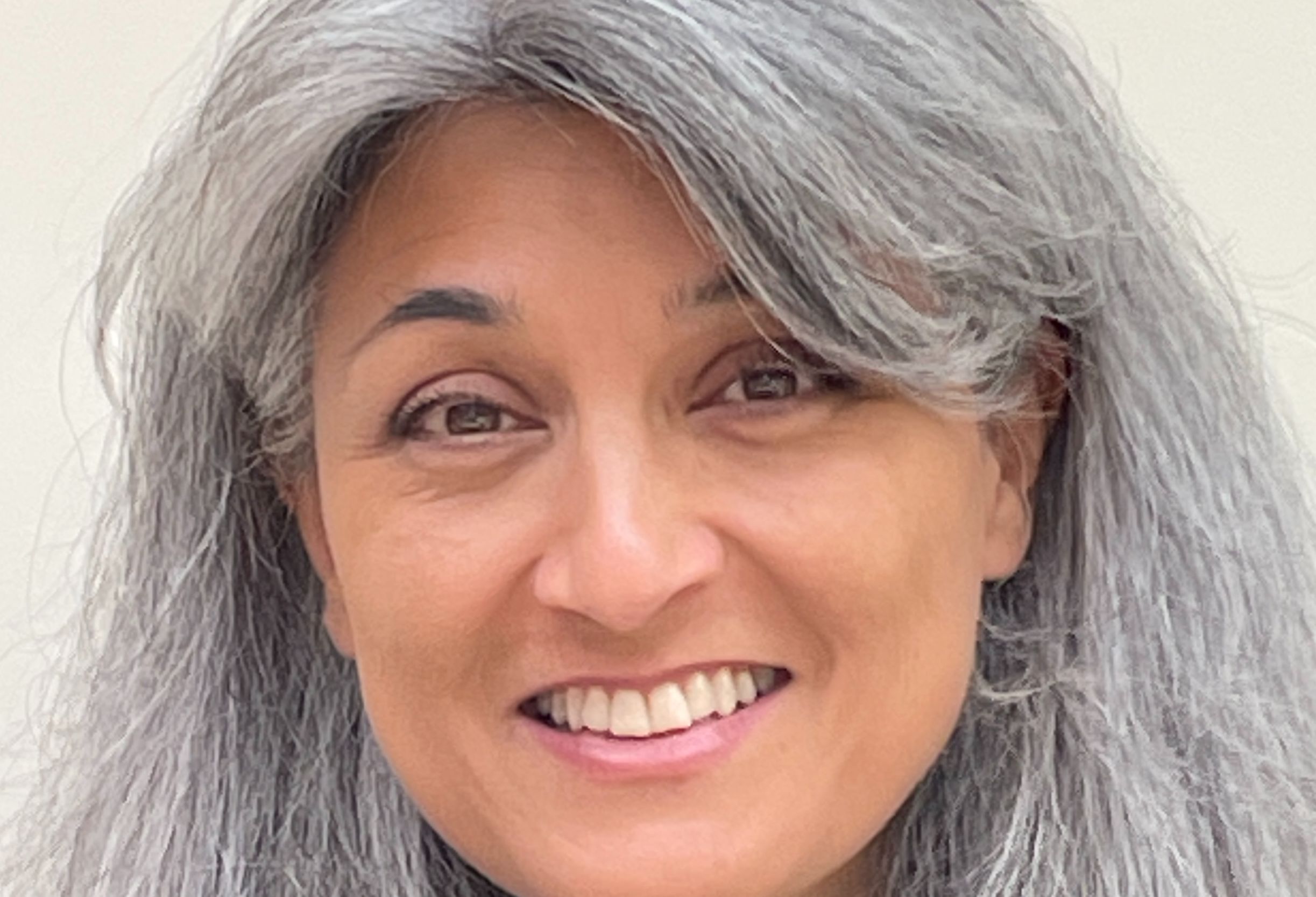The data shows those in the poorest communities and those from an Asian or Asian British background are more likely to be waiting longer than 18 weeks than any other group.
Health and social care secretary, Wes Streeting said: ‘Sunlight is the best disinfectant. Only by being upfront and shining a light on inequalities can we begin to tackle the problem. We will give all patients the care they need when they need it as part of our Plan for Change.
‘Our 10-Year Health Plan will tackle health inequalities faced across the country, diverting billions of pounds to working class communities and providing truly targeted, bespoke care to all patients where they live via the neighbourhood health service.'
Among its findings, the data reveals women make up a higher percentage of the waiting list (57%) compared to men (43%) and are more likely to be waiting over 18 and 52 weeks.
The Government is taking a number of measures to tackle health inequalities, including: locating neighbourhood health centres in areas with the lowest life expectancy, rolling out Further Faster 20 teams to tackle waiting lists and employment advisers in back pain clinics; and Health & Growth Accelerators assessing the economic benefits of various health interventions.
In addition, £5m is being invested to recruit 1,000 people from groups or areas worst hit by unemployment.
NHS Providers chief executive, Daniel Elkeles, said: ‘Trusts are committed to playing their part and are working with partners in a range of ways to reduce health inequalities.
‘The data will help ensure resources are directed to where they are needed most, and will provide a benchmark to help drive progress in the future.'
Siva Anandaciva, director of policy, partnerships and events at The King's Fund, highlighted that 59% of people were being seen within 18 weeks in the most deprived areas compared to 61% in the least deprived areas, while 742,000 were on the total waiting list in the most deprived areas compared to 624,000 in the least deprived areas.
He added: ‘The Government's 10-Year Plan for Health does not say enough on how the Government plans to reduce health inequalities - in fact, the last paragraph of the prevention chapter in the plan says that by the end of 10 years this plan will only have begun narrowing health inequalities. This is simply not ambitious enough. It is crucial that we see further and faster ambition in the months that come to narrow these avoidable differences in experiences of the NHS. Addressing persistent inequalities in the English health service is ultimately good for patients, good for communities and good for the NHS.'



